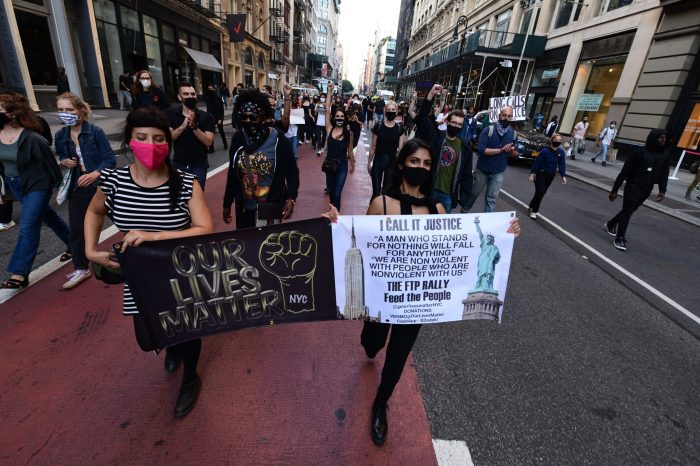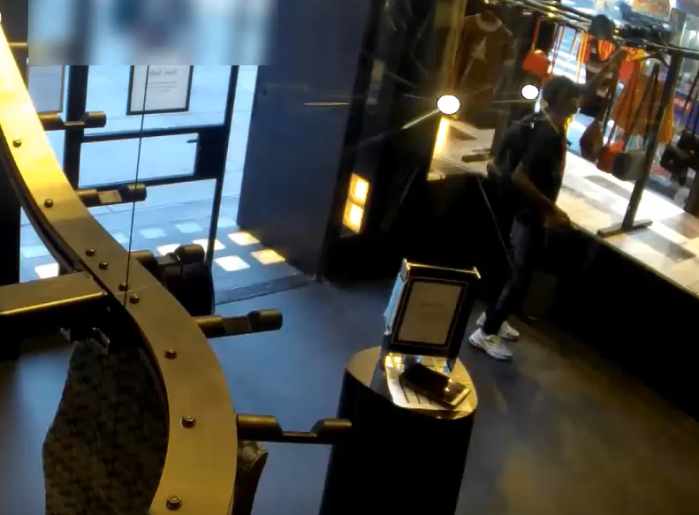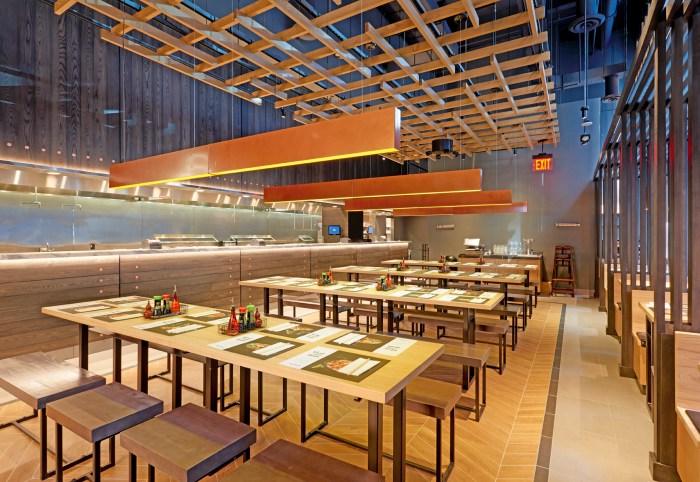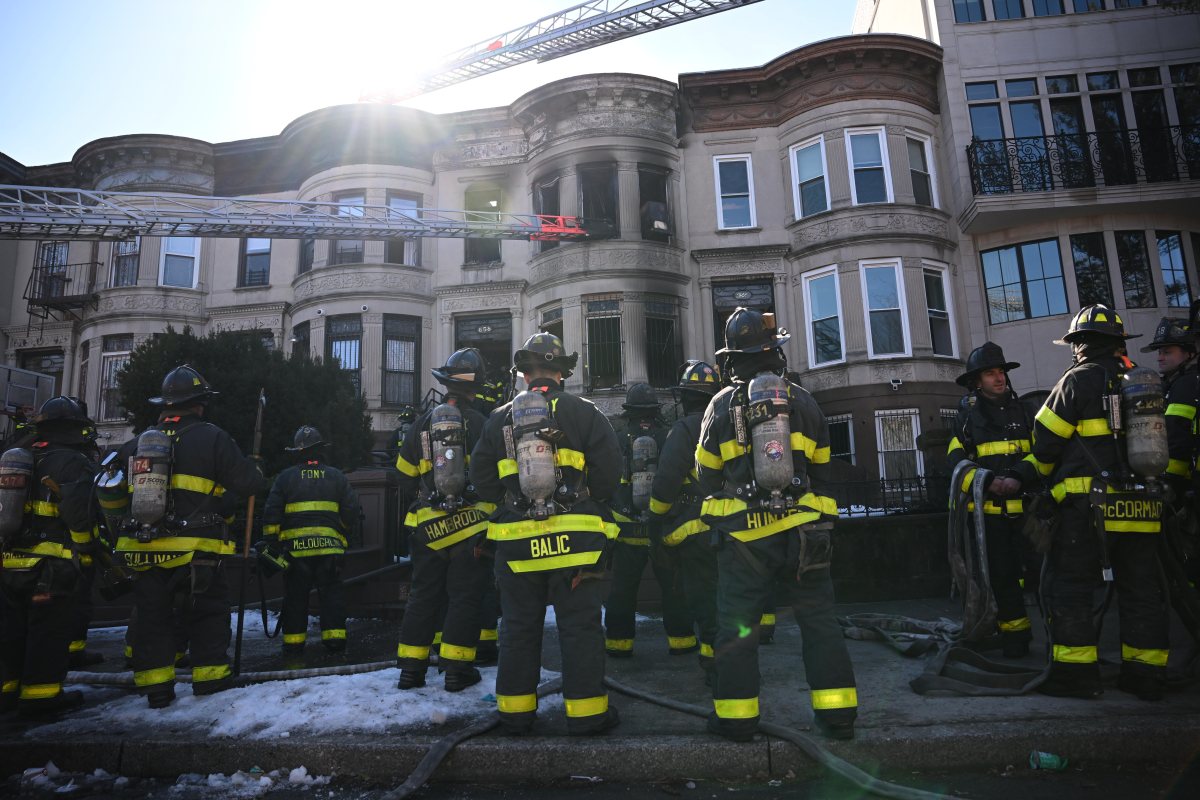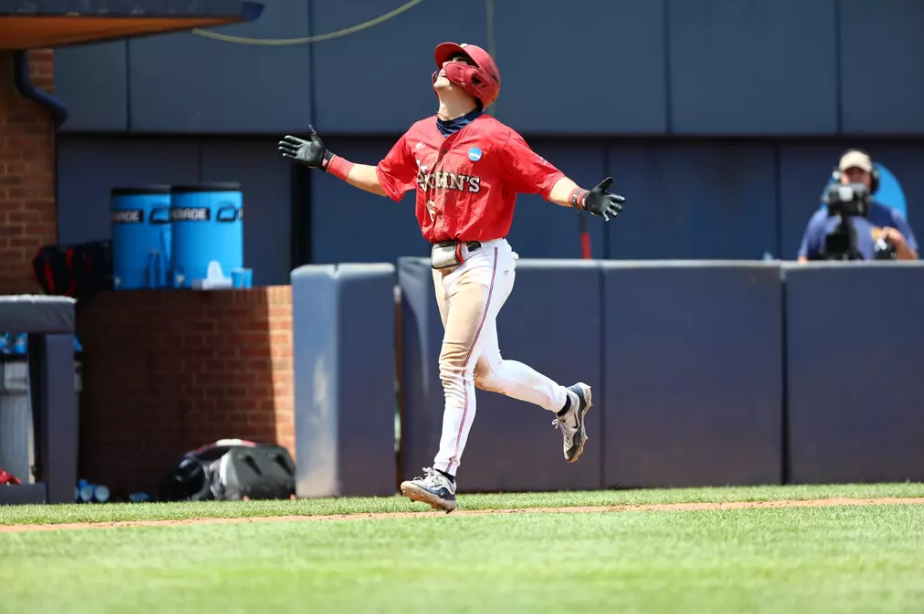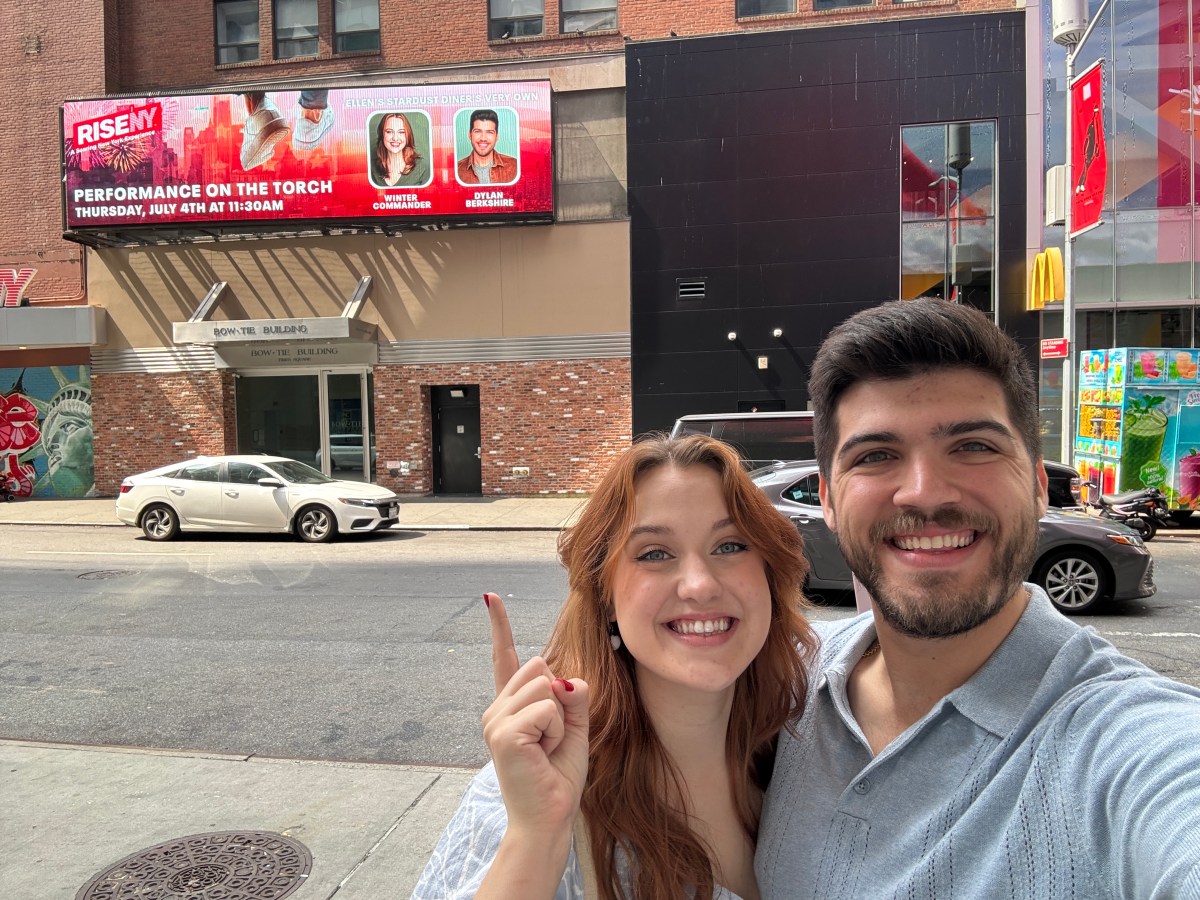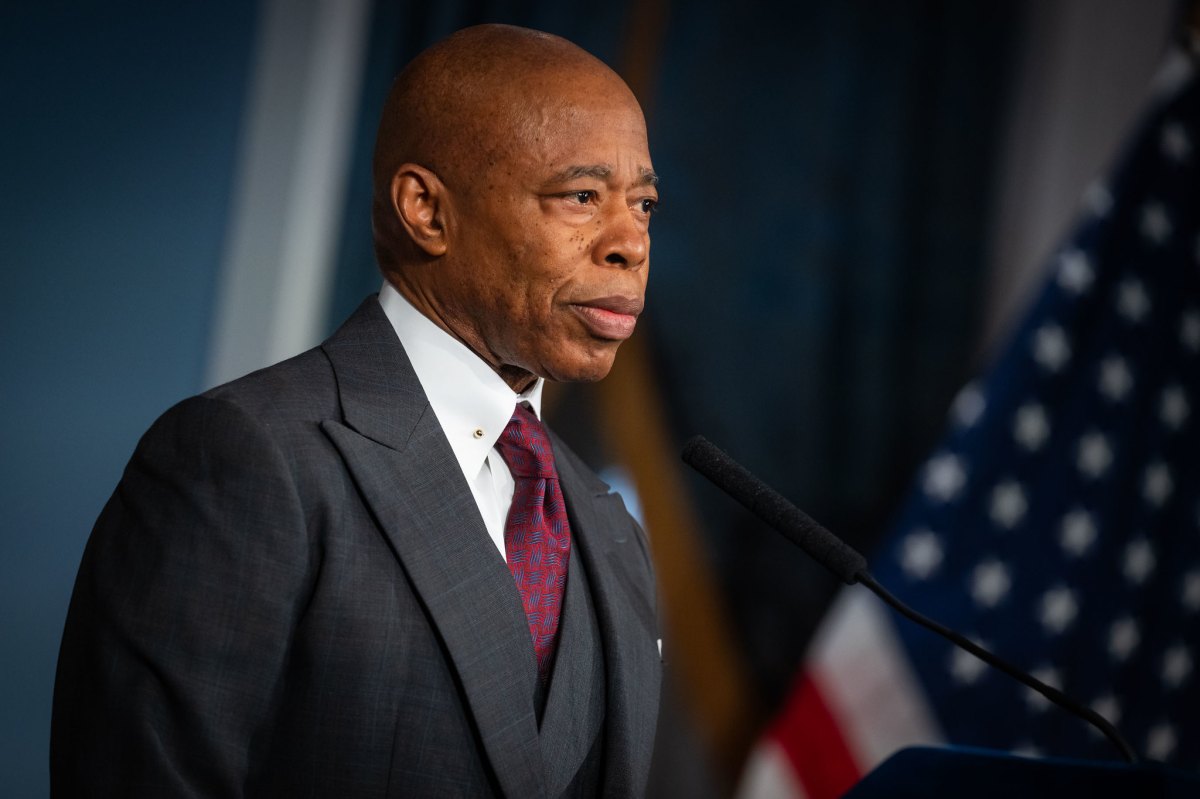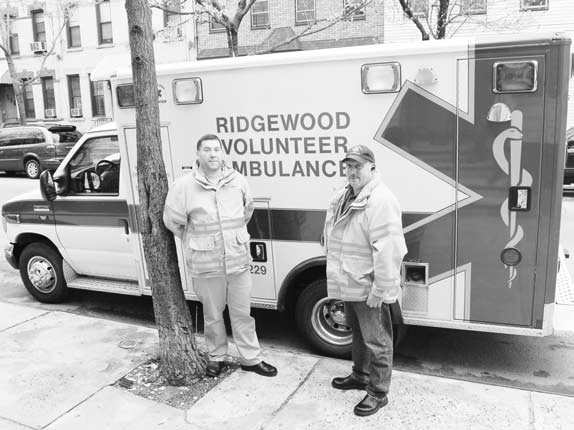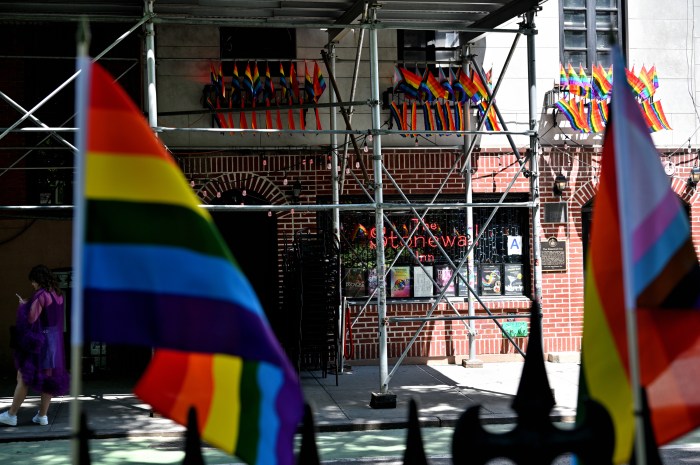After cratering a year ago as COVID-19 gripped New York City, subway ridership continues to grow almost day-by-day — but a new report from state Comptroller Thomas DiNapoli finds that the surge is happening more in the outer boroughs than in the heart of Manhattan.
DiNapoli launched on Friday a subway ridership dashboard documenting how the increase is happening across the city, neighborhood by neighborhood — including details about local demographics, household income and employment.
According to the comptroller, the dashboard clearly demonstrates that more essential workers earning lower-wage and public facing jobs — from the healthcare to the retail services sector — are returning to the subways. DiNapoli and transit advocates believe the data should help make the case for more public funding for subways and blunt efforts to raise fares or cut service.
“The straphangers putting money into the fare box now are the ones who can least afford to lose service or pay more for it,” DiNapoli said. “This online tool gives riders, the MTA, elected officials, transit advocates and stakeholders information to guide smart and equitable decisions as we rebuild from the pandemic’s devastation.”
The dashboard found that the communities with the highest ridership, to this point, are all on the eastern side of the East River. Six of the 10 neighborhoods considered “least impacted” by the ridership drop are in Queens; the highest area, in Flushing/Murray Hill/Whitestone, had 45.6% of the ridership seen in February 2019, before the pandemic took hold that March.
That number may not sound so impressive, but at the height of the pandemic last March and early April, the MTA reported a 92% plunge in ridership — as businesses shut down and most New Yorkers went home. Ridership has since headed slowly but steadily upward in the months since; last week, the MTA reported back-to-back post-pandemic daily highs in ridership, with nearly 2 million people riding the system on March 11.
Two areas of Queens that were at the heart of the COVID-19 crisis last spring are now seeing a subway rebound, according to the DiNapoli dashboard: Jackson Heights and North Corona (39.7%) and Elmhurst and South Corona (38.7%). Each of these areas have large immigrant populations, with Jackson Heights-North Corona have 59.9% and Elmhurst-South Corona at 65.1% of the immigrant share, respectively, as of 2019.
“Our immigrant essential workers and families have always relied on the subway system to meet their work and family needs — both before the pandemic and now,” said Murad Awawdeh, co-interim executive director of the New York Immigration Coalition. “As New York begins its recovery, it’s vital that New York state maintain affordable and reliable subway service for our immigrant community members, many of whom have no other means of transportation.”
The other areas of Queens with higher ridership are Briarwood/Fresh Meadows/Hillcrest (40.6%) and Howard Beach and Ozone Park (38.2%).
Meanwhile, except for one Manhattan subway station, most straphangers are coming back to stations in the Bronx, Brooklyn and Queens.
Ridership at the 191st Street station on the 1 line is up a whopping 192.8% since February 2019, according to the DiNapoli dashboard. Following that are three Bronx stations — the Longwood Avenue stop on the 6 line (87.1%), Gun Hill Road on the 5 line (78.2%) and 138th Street-Grand Course on the 4/5 lines (67.7%).
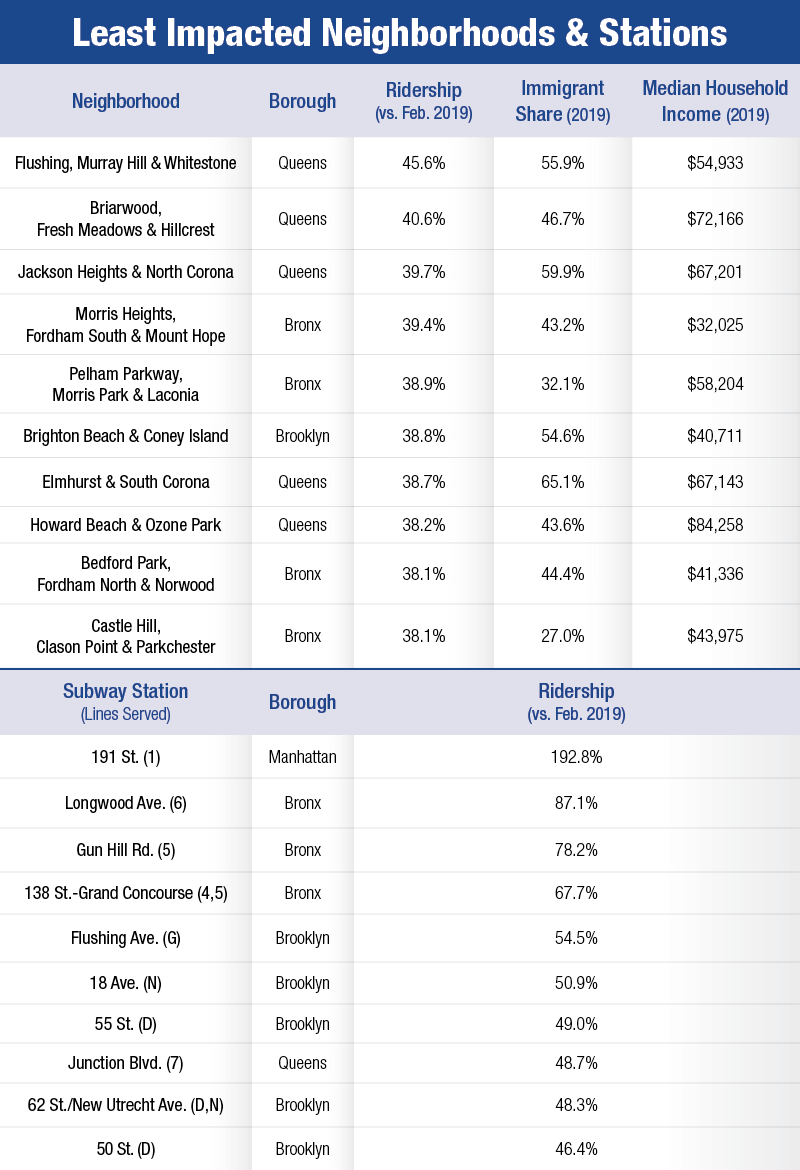
On the flip side, Manhattan neighborhoods — including some of the wealthiest communities in the city — are still struggling to get riders back underground.
The DiNapoli dashboard found the Murray Hill/Gramercy/Stuyvesant Town areas had just 17% of the ridership from February 2019 — the most impacted community, based on ridership, in the entire city. The median household income of the area is $154,501.
Three other high-income areas of Manhattan are also seeing less ridership: Battery Park City/Greenwich Village/SoHo (17.3% ridership, median income $162,092); Chelsea/Clinton/Midtown Business District (18.8% ridership, median income $120,248) and the Upper West Side (23.9% ridership, $136,735).
The 50th Street stop on the 1 line in Midtown has the lowest ridership of any station in the subway system, according to the dashboard, with 11.8%. Nine Manhattan stations are in the top 10 of the stops with lowest ridership — four of which are in Lower Manhattan (WTC-Cortlandt on the 1 line, 12.9%; Wall Street on the 2/3 lines, 13.1%; Rector Street on the 1 line, 13.7% and Chambers Street on the 1/2/3 lines, 14.4%).
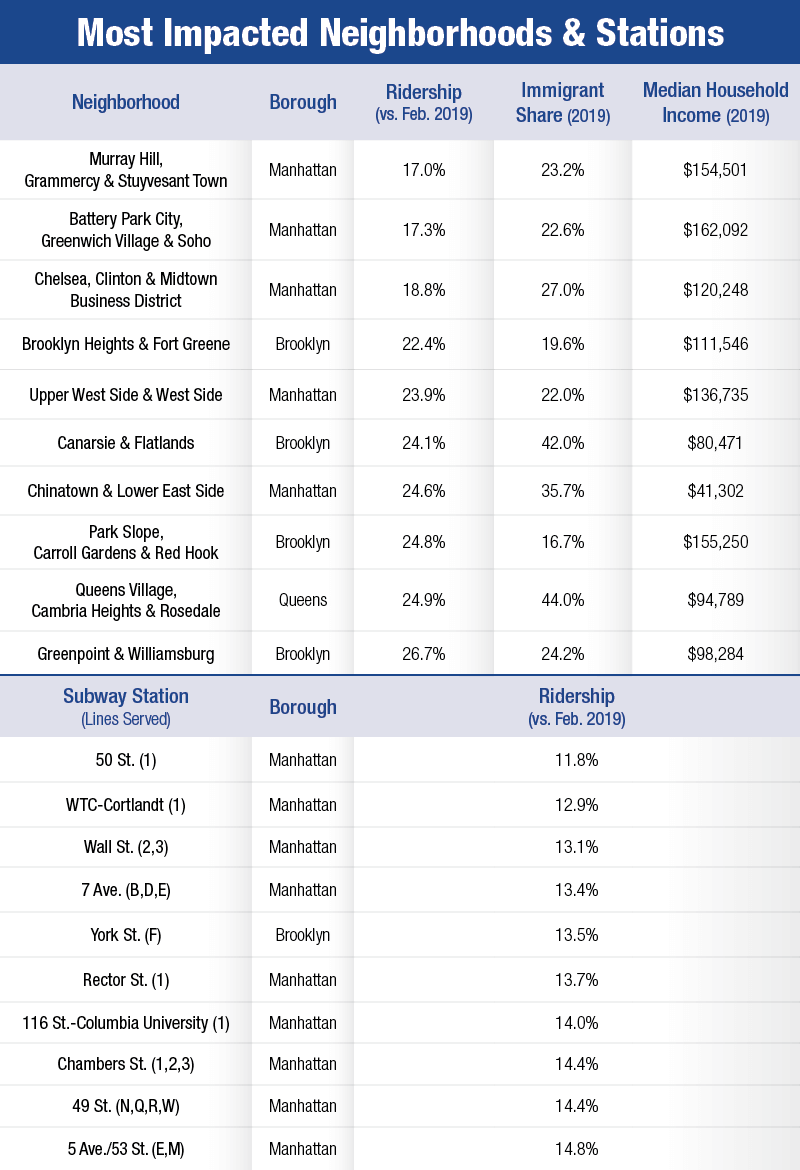
According to MTA spokesperson Shams Tarek, the DiNapoli dashboard only underscores the need for additional federal funding for the transportation system.
The American Rescue Plan, which Democrats in Congress passed and President Joe Biden signed into law earlier this month, provided another $6.5 billion to the cash-strapped MTA, enabling it to unfreeze its five-year capital plan. Last year, the MTA received previous infusions of federal aid to remain in operation amid the pandemic.
“This data shows what we have known all along: lower income New Yorkers and people of color have been disproportionately impacted by the pandemic, are most reliant on public transit and make up our essential workforce that has kept New York running during the COVID crisis,” Tarek said in a statement. “This is exactly why federal investment in the MTA remains so crucial — ensuring public transit continues to be the great equalizer, opportunity-provider and economy-driver that it has always been.”
To view the ridership dashboard, visit the comptroller’s website at osc.state.ny.us.




